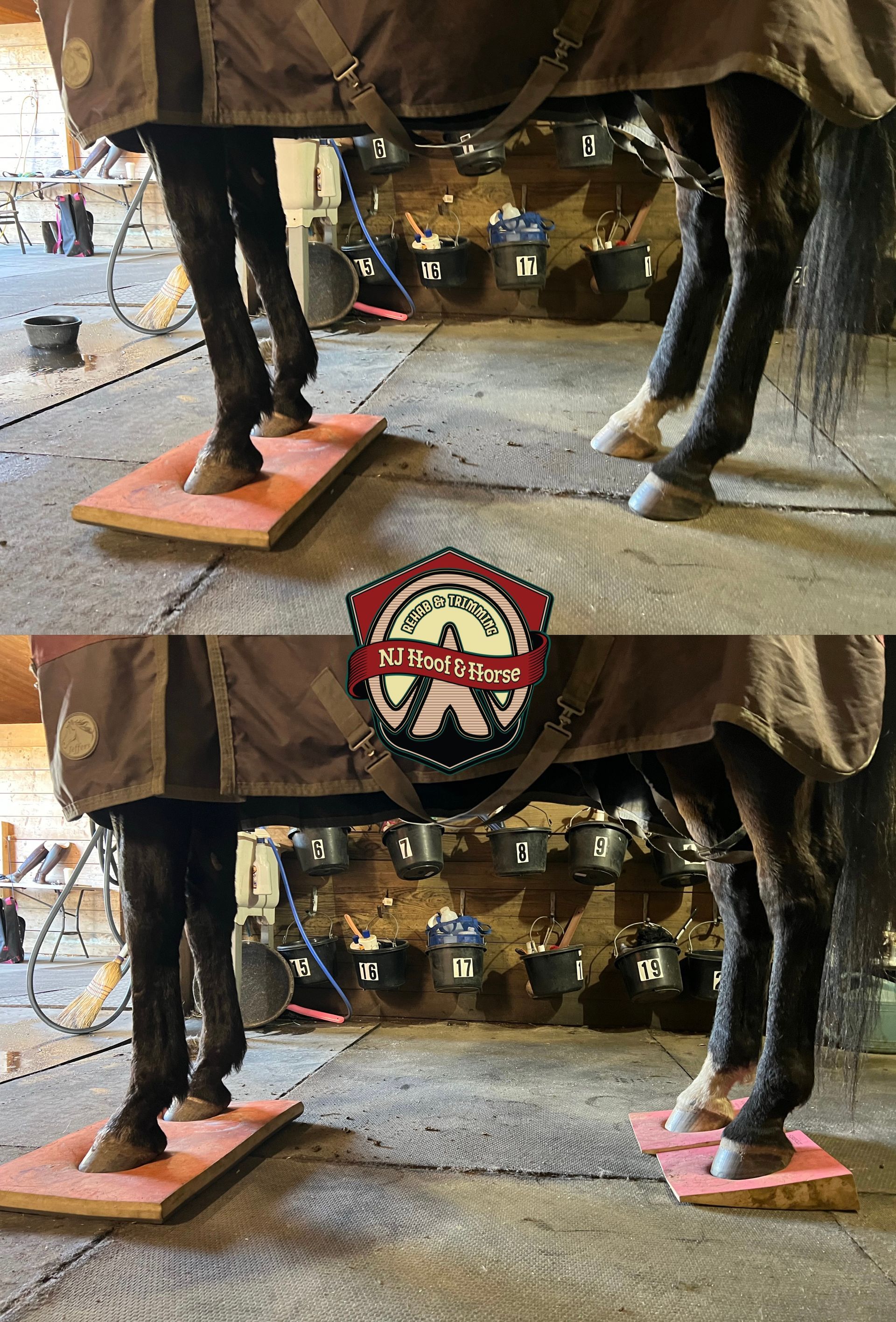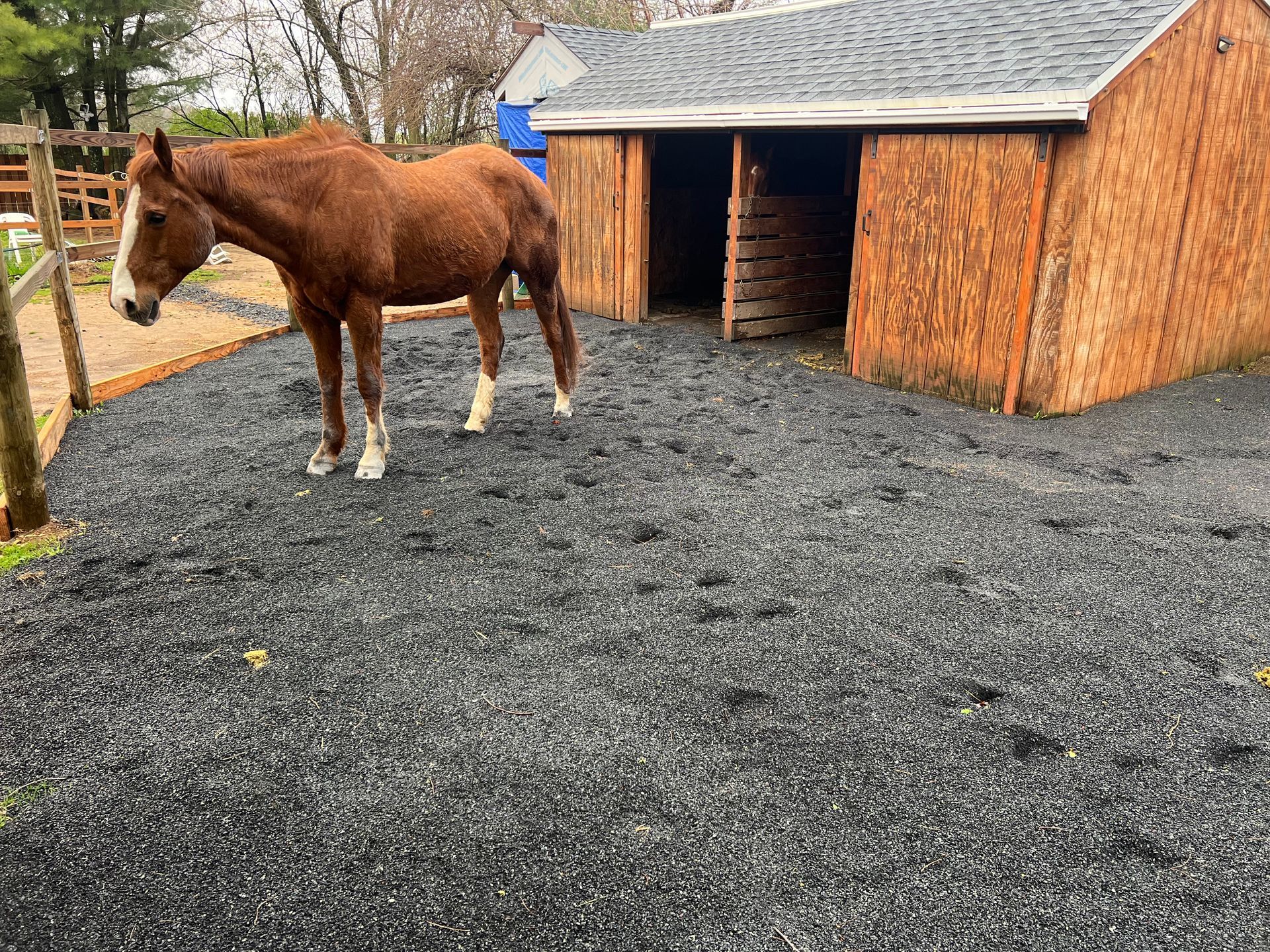Thin Soles
Denys Antonenko • November 21, 2022
One Minute Discussions #27
Discussing Natural Hoof & Horse Care
THIN SOLES
Thin soles plagued the horse world for years. Many don’t recognize the true cause of this problem up to this day. Here are some causes I found in my practice and by researching the work of others.
1)Poor diet. 2)Farrier constantly cutting or rasping the sole. 3) Improper body/hoof movement and landing. 4) Lack of blood supply in the solar area from constant sole pressure. 5) Underlying metabolic problems. 6) Atrophied internal structures.
Would be happy to hear your thoughts on other causes of thin soles!
Denys A.
One Minute Discussions #66 Discussing Natural Hoof & Horse Care LEAVE OR REMOVE THE LAMELLAR WEDGE? The lamellar wedge is the adaptation of the hoof to internal problems. And although it’s a sign of inflammation, it may still serve a purpose during rehab. It’s still responsible for “glueing together” the wall and sole, but that “glue” is not as strong as it’s supposed to be. So how do we address it in the trim. Everything depends on the horses comfort level and the condition of the lamellar wedge. It won’t be a wise decision to totally remove the lamellar wedge if it is soggy, weak and not fully keratinized. But in a lot of cases it is safe to remove most, if not all of it, if the lamellar wedge is keratinized, dry and sturdy (especially if we’re putting the horse in therapy boots). In some cases it is a good idea to trim the bottom, flared growth evenly with the well connected top growth in order to reduce leverage on the lamina as much as we can. Denys Antonenko

